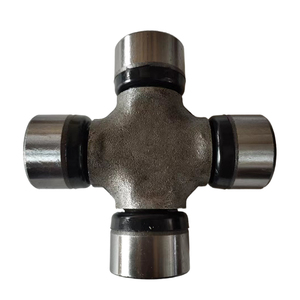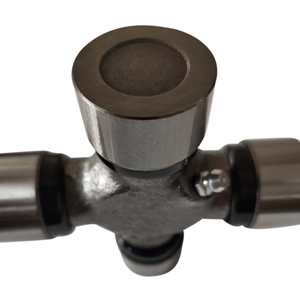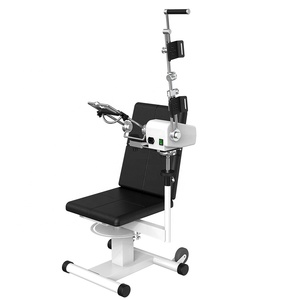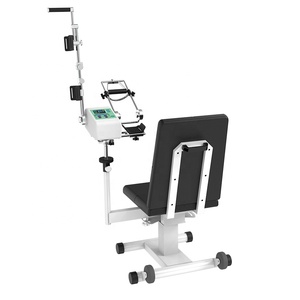(14 products available)


































































Finger jointing is a popular method in woodworking for combining pieces of wood, particularly in millwork and furniture construction. The finger joint cpm stands as a specialized device designed to execute this task with efficiency and precision. These machines are integral in creating extended lengths of timber from shorter pieces, which is essential in various woodworking applications.
The diversity of finger joint cutters caters to different operational scales and woodworking needs. From semi-automatic to fully automatic models, these machines serve a broad spectrum of applications, ranging from small-scale workshops to large industrial settings. The adaptability of finger joint machinery allows for their use in producing door and window frames, furniture components, and other structural elements.
Constructed with durability in mind, finger jointing equipment typically features robust materials such as high-grade steel and industrial components. The precision of these machines is evident in their thread-cutting capabilities, ensuring tight and secure joints. Advanced models boast control panels with technological enhancements for fine-tuning operations, while also providing user-friendly interfaces.
The efficiency of a wood finger joint machine lies in its ability to minimize waste through fine cutting and auto-gluing processes. This not only contributes to cost savings but also promotes sustainable practices within the woodworking industry. Furthermore, the pressing mechanisms in these machines ensure that the interlocking parts fit seamlessly, resulting in a strong, uniform finish.
With the environment in mind, many finger jointers are designed to operate with reduced noise levels, contributing to a more sustainable production environment. Users can benefit from adjustable settings on these machines, allowing for the creation of joints with varying thicknesses to suit specific project requirements.
When considering the addition of a finger joint cpm to a production line, it is crucial to assess factors such as motor rotation power, cutting saw speed, and the thickness capabilities of the machine. Energy consumption is another vital aspect, as it impacts both operational costs and environmental footprint. Prospective buyers should seek machines that align with their workspace dimensions and production requirements, ensuring an optimal fit for their operations.